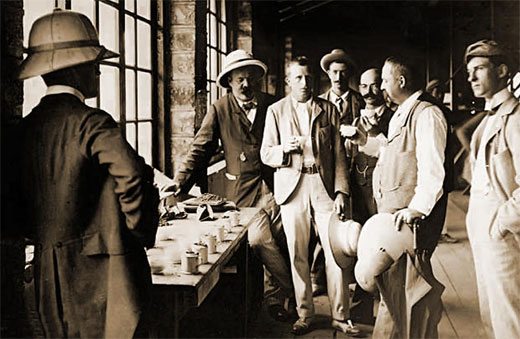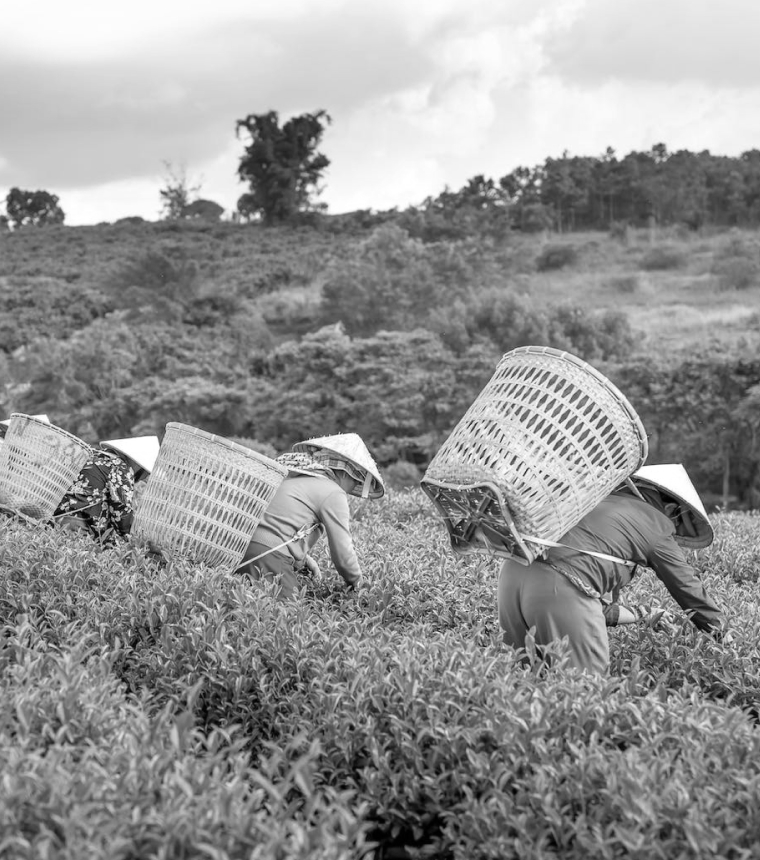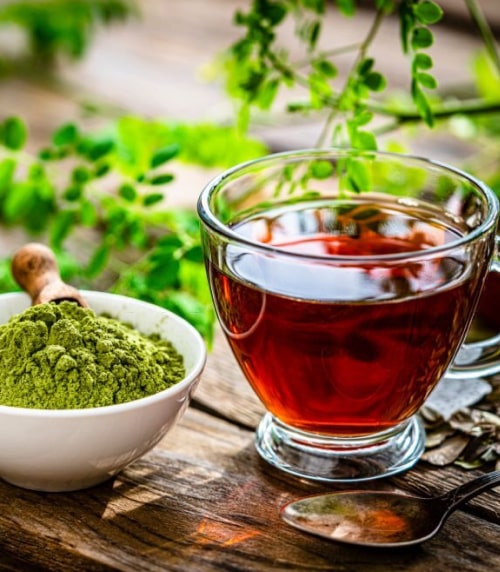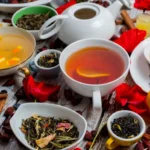Tea—it’s a word that conjures images of comfort, warmth, and relaxation. But have you ever stopped to wonder how this beloved beverage acquired its name? Join us as we delve into the fascinating history of the word “tea” and trace its journey from ancient China to tea tables around the world.
A Tale of Two Pronunciations
One of the most intriguing aspects of the word “tea” is its varied pronunciations. Depending on where you are in the world, you might hear it pronounced as “tee” or “tay.” So, how did these different pronunciations come to be?
The answer lies in the two main linguistic routes through which the word “tea” spread across the globe: the “te” route and the “cha” route.
The “Te” Route: From China to Europe
The word “tea” traces its origins back to China, where tea has been cultivated and enjoyed for thousands of years. In Mandarin Chinese, the word for tea is “chá” (茶), which is pronounced with an initial “ch” sound.
During the 8th century, tea began to make its way from China to the Arab world via the ancient Silk Road. Along this route, the word for tea evolved into “tē” or “tay” in languages such as Persian and Arabic.
As tea continued its journey westward, it eventually reached Europe, where it was introduced by traders and travelers. The European languages that adopted the word “tea” through this route—including English, French, and Spanish—retained the “t” sound at the beginning of the word, giving us the familiar pronunciation “tee.”
The “Cha” Route: From China to Japan
While the “te” route carried the word “tea” to much of the Western world, another pronunciation emerged in East Asia. In regions such as Fujian and Guangdong provinces in China, as well as in neighboring Japan, the word for tea is pronounced as “chá” or “cha” with an initial “ch” sound.
In Japan, where tea culture has deep roots dating back to the 9th century, the word for tea is “ocha” (お茶), derived from the Chinese pronunciation “chá.” This pronunciation also influenced the names for tea in Korean (“cha”) and Vietnamese (“trà”).
The Spread of “Tea” Around the Globe
As global trade and cultural exchange flourished, so too did the popularity of tea. From the bustling tea markets of China to the tranquil tea gardens of Japan, from the elegant tea salons of Europe to the vibrant tea houses of the Middle East, the word “tea” became synonymous with hospitality, tradition, and social connection.
Today, whether you’re sipping a cup of English breakfast tea in London, enjoying a matcha latte in Tokyo, or brewing a pot of herbal tea in your own kitchen, the word “tea” serves as a universal symbol of comfort and community.
In Conclusion
The word “tea” may have originated in ancient China, but its journey spans continents and centuries, weaving together diverse cultures and languages in a shared celebration of one of the world’s most beloved beverages. So, the next time you enjoy a cup of tea, take a moment to appreciate the rich linguistic tapestry behind this simple yet profound word. After all, there’s more to “tea” than meets the eye—or should we say, the “tay”!









